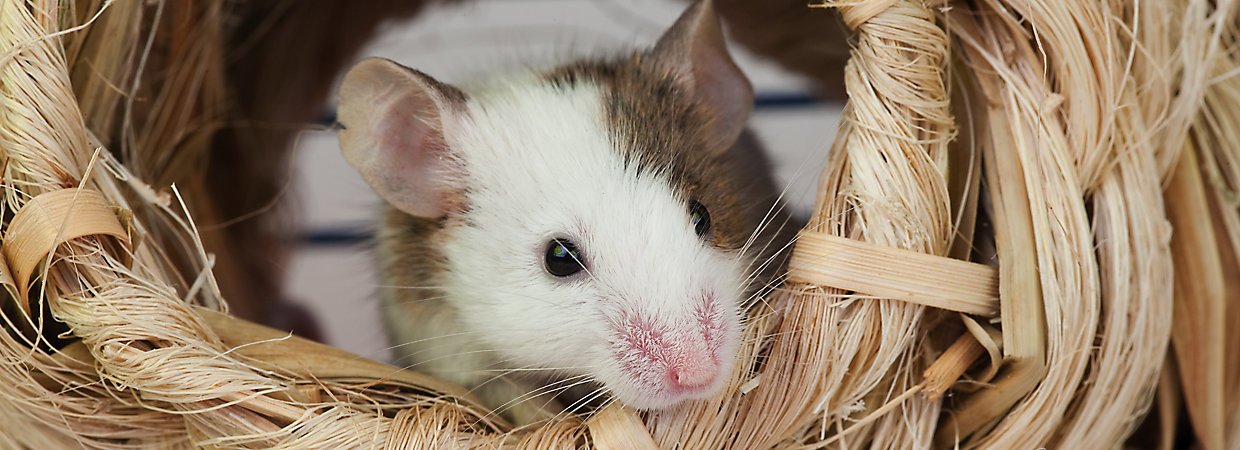Mice
Caring for mice involves more than meets the eye, as many essential topics are often overlooked. One critical aspect is their diet, which isn't always well-covered, especially when recommended foods aren't locally available. Equally neglected is bonding with humans; despite their small size, mice are incredibly social creatures. Understanding their need for social interaction is crucial for their well-being.
social or solitary?
Mice are highly social creatures and typically thrive when housed with other mice. However, during recovery from neutering or under certain circumstances, they may need to develop a strong bond with their human caregiver instead. It's crucial to create a safe and comfortable environment for them to explore at their own pace.
Bonding with Humans
When you have an evening free, spend some time first giving treats, next leaving your hand/arm in their enclosure, and letting them explore. If they nip, move quickly away, and slowly put your arm back. If they nip again, stop and try again the next night. They are both very scared and timid and incredibly curious and social. If you are patient, the social curiosity will override their fear. Eventually, they will climb on your arm. Have a safe play area set up to reward them. Initially, just transfer them to the play area. If you sit with them, while they are out with your arm available, eventually they will want to explore you also. It probably won't happen on the first day, but usually happens within a week.
Play areas can just be a towel or fleece on a table top with a bunch of cardboard packaging to climb on, hide in and chew. You could also include other store bought hamster/mouse toys, but it's not necessary. Mice are terrified of heights even though they are rarely injured when they fall. If the table is more than a foot off the ground, they won't dare jump, unless something else terrifies them more, so make sure the space is calm for play time. Definitely no other predator pets anywhere nearby (this includes rats).
Mice are nocturnal. Don't try to bond with them or bring them out for playtime before 8pm. If you can't bond in the evening, you could also try mornings, before 9am.
Enclosure Requirements
Setting up a mouse enclosure involves creating a safe and comfortable environment. This includes choosing appropriate bedding, ensuring adequate space for movement and exploration, and maintaining a calm atmosphere to minimize stress. Proper enclosure setup is fundamental to their overall well-being and helps them feel secure in their habitat. The minimum enclosure size required for a pair of mice is 2 cubic feet of space. You can use our handy calculator to check how many mice your planned enclosure can ethically accommodate:
Diet
For optimal nutrition, the primary component of a mouse's diet should consist of Science Selective Rat Food or Oxbow adult Rat Food, constituting approximately 80% of their dried food intake. Utilizing a "complete" food ensures balanced nutrition, crucial for weight management and preventing nutrient deficiencies. Some mice tend to selectively consume high-fat foods, leading to weight gain and potential health issues, particularly cancer, which is prevalent among mice.
To enhance dietary variety and enrichment, include a seed mix comprising approximately 20% of their diet. Parakeet mix is recommended for its nutritional value and appeal to mice. Mice generally prefer scatter feeding, where food is distributed without a dish, mimicking their natural scavenging behavior. Daily food requirements for mice are modest, typically ranging from 2.5 to 3 grams, equivalent to about a teaspoon per day.
While treats like Gerber baby cheezies, Gerber baby rice puffs, and pumpkin seeds are favored by mice, caution is advised with treats like peanut butter due to the choking hazard and high fat content. If offered, peanut butter should be sparingly applied on Gerber baby rice puffs and monitored closely. Fresh vegetables such as lettuce, kale, peas, and broccoli can be offered every other day for additional nutritional benefits. Avoid feeding mice avocado, which contains toxic components in its pit and is high in fat. It's crucial to limit calorie-dense vegetables and ensure all vegetables are cooked before feeding to neutralize potentially harmful toxins.
Proper care for pet mice involves understanding their social nature, providing a balanced diet, and establishing trust through patient interaction. By focusing on these aspects—diet, social interaction, and safe housing—owners can ensure their mice lead happy, healthy lives.

